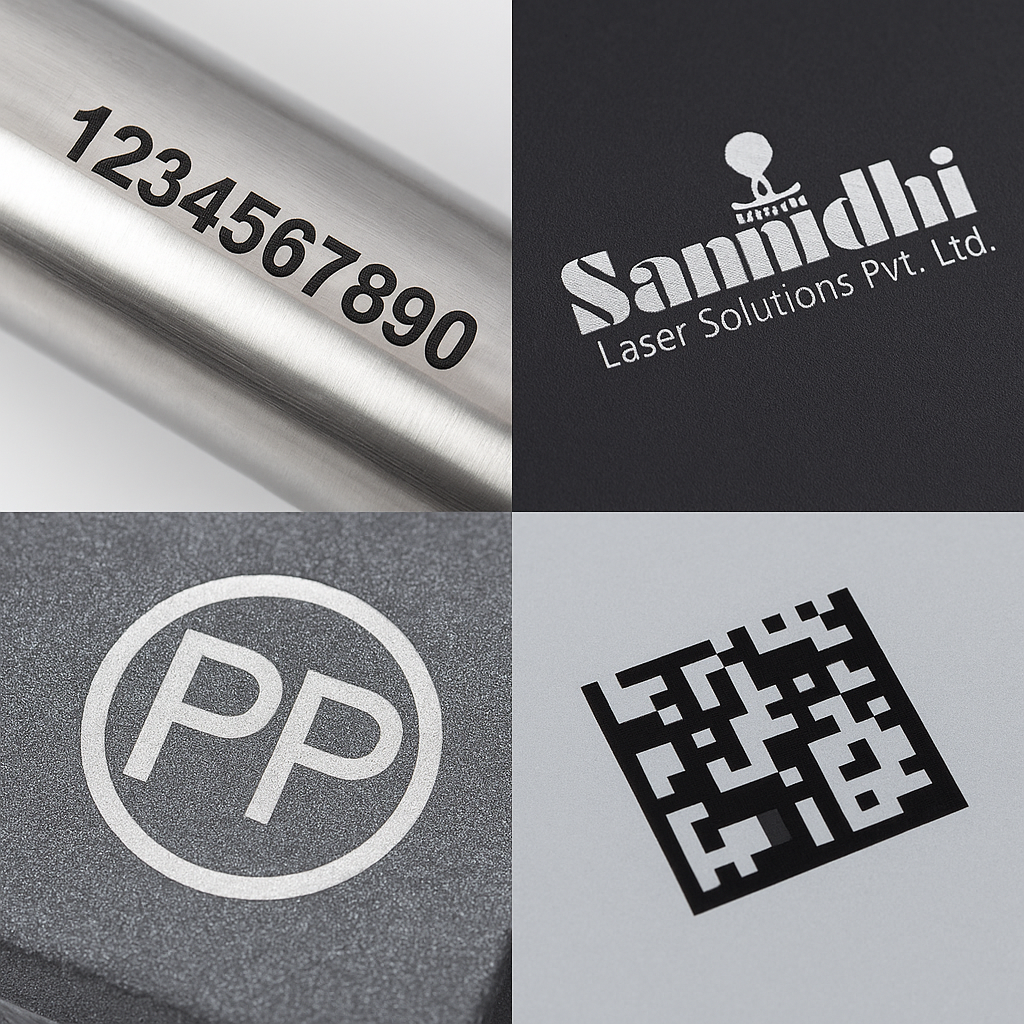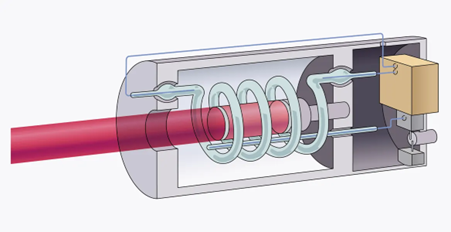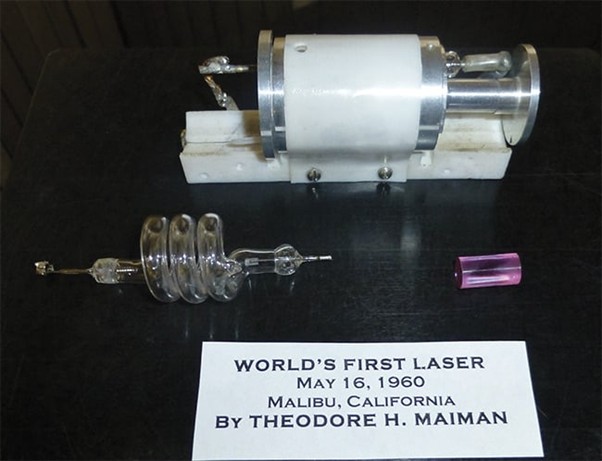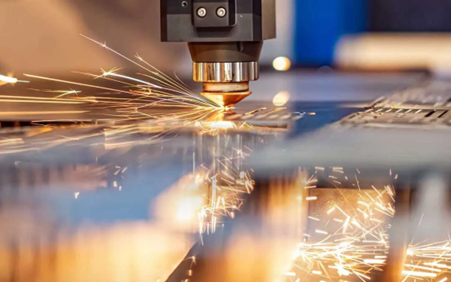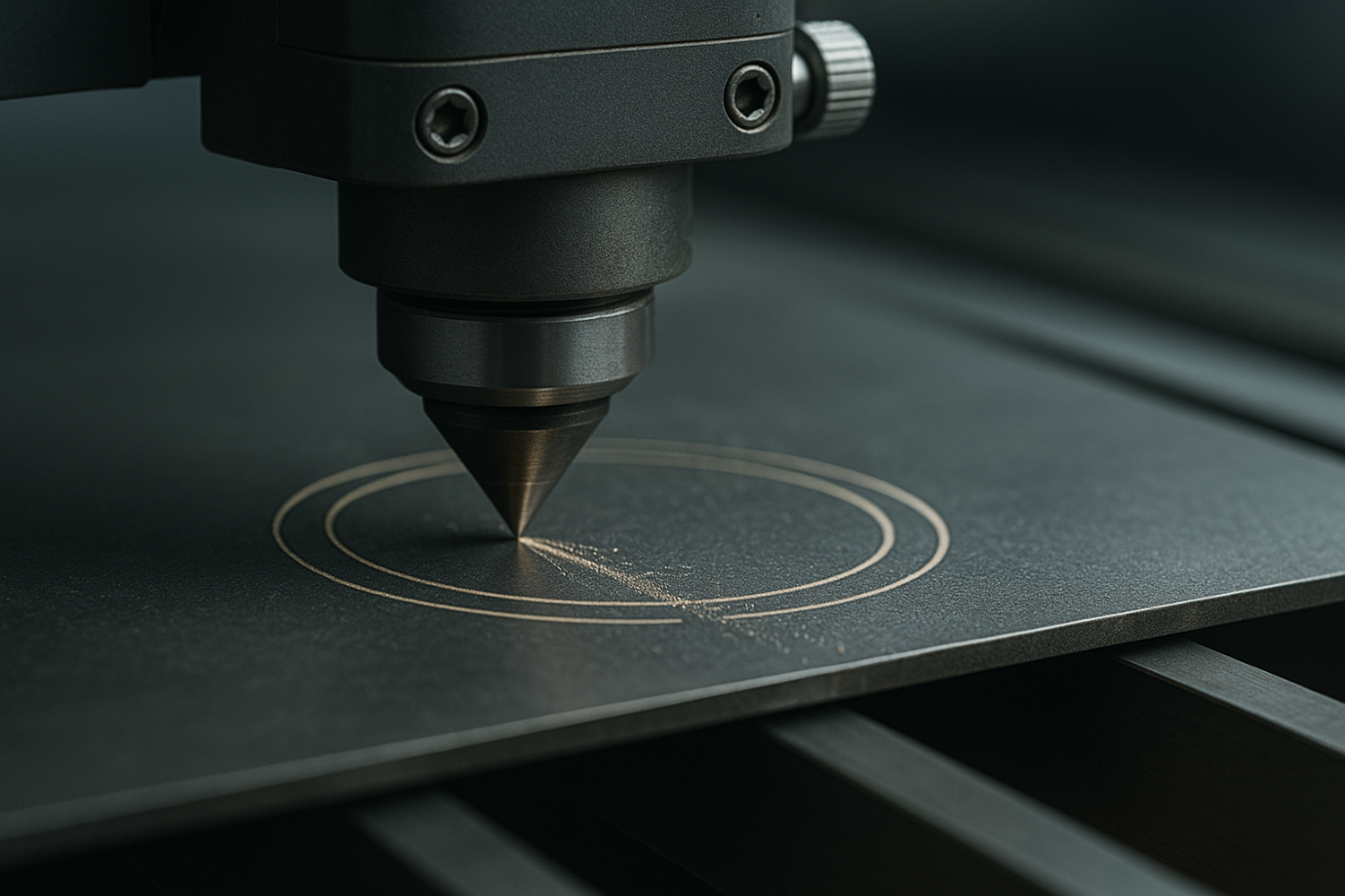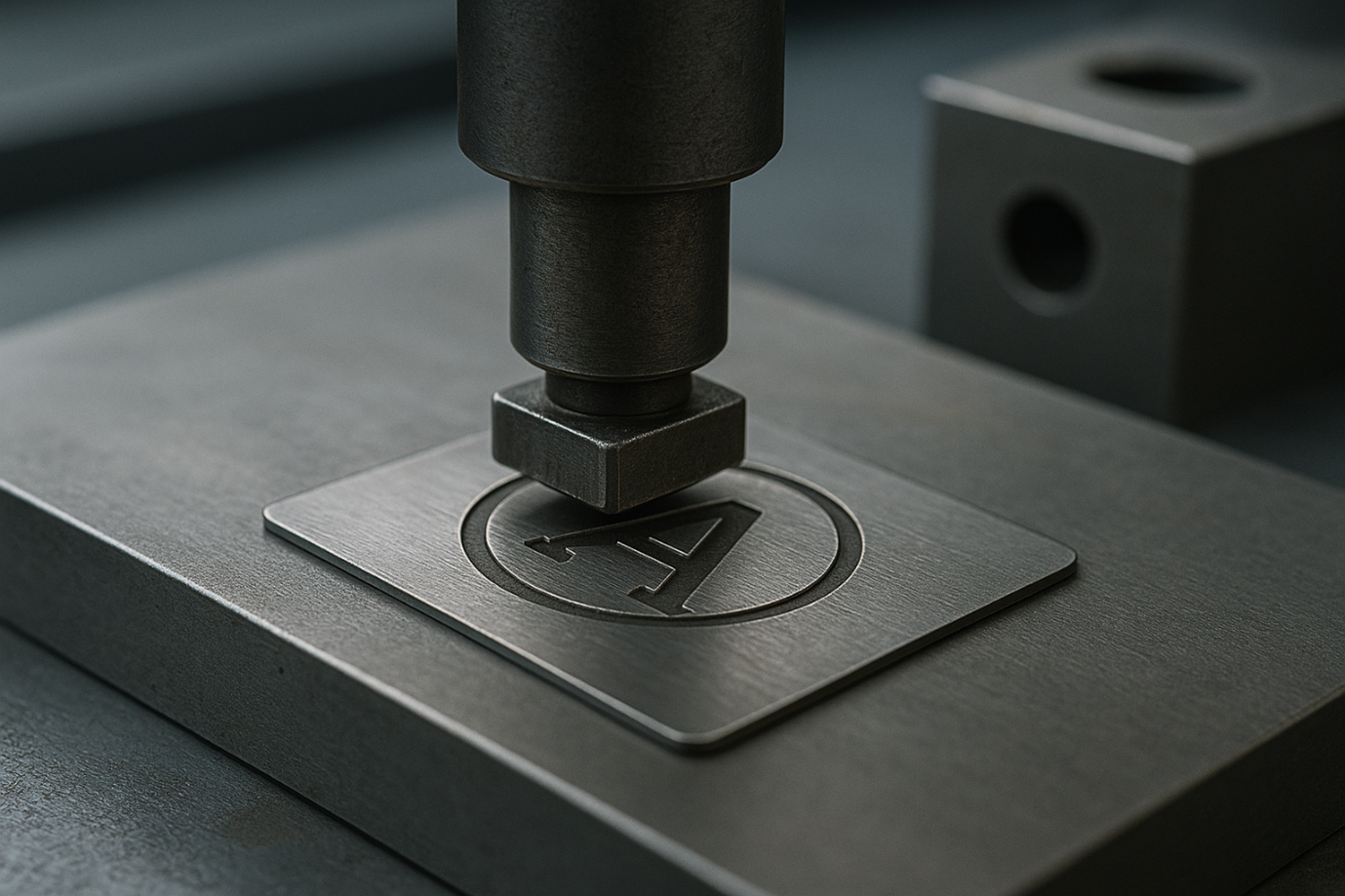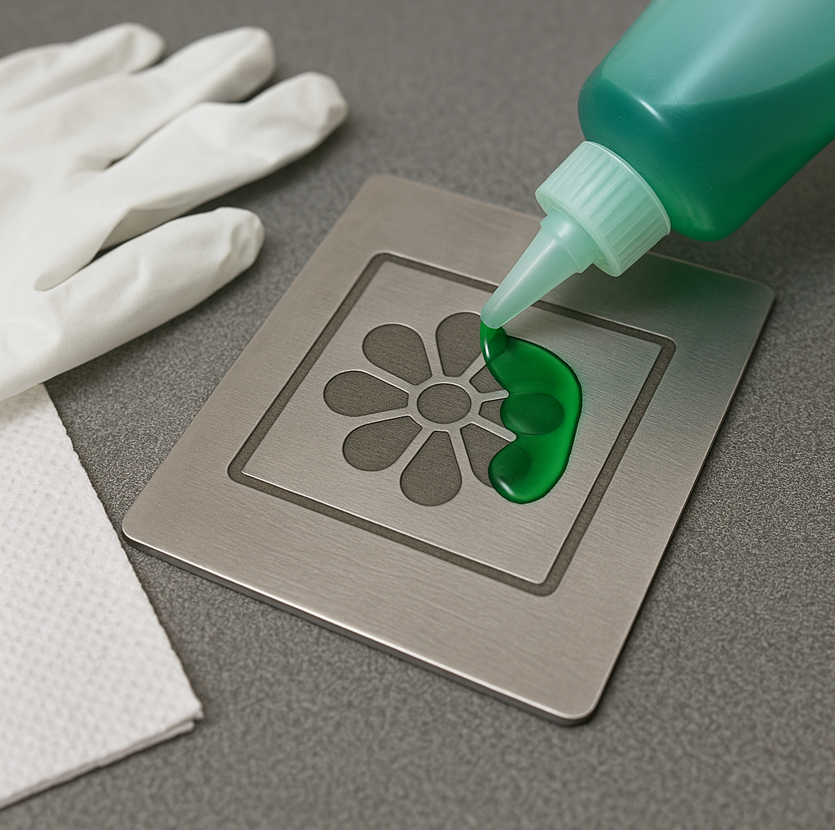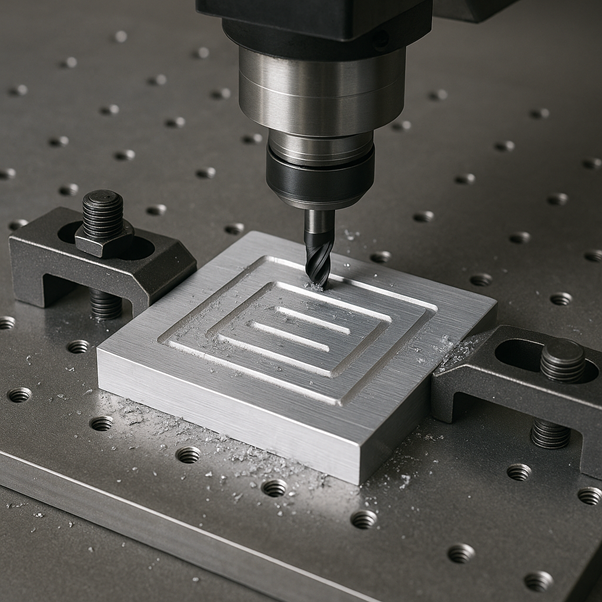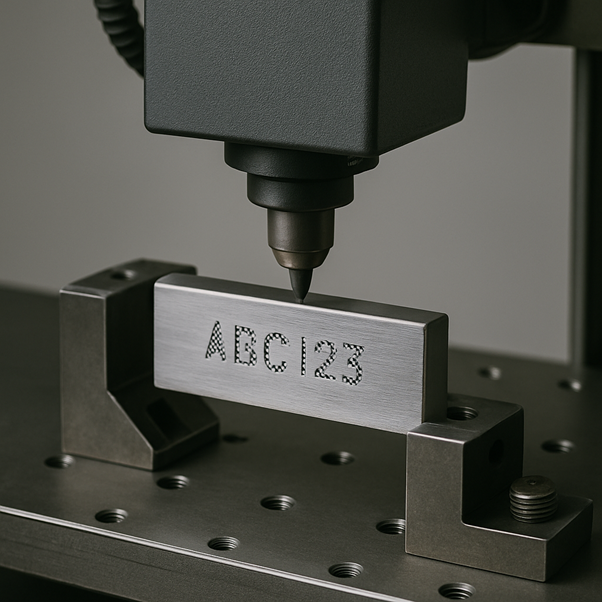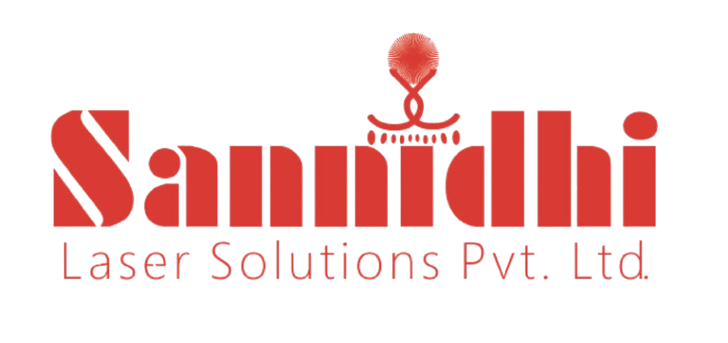The history of laser technology is a fascinating journey of scientific discovery that has shaped the modern world
in profound ways. The concept of lasers (Light Amplification by Stimulated Emission of Radiation) has its roots
in theories first proposed in the early 20th century. However, it wasn’t until the mid-1900s that laser technology
became a reality, revolutionizing industries across the globe.
The idea of lasers started with Albert Einstein in 1917 when he introduced the theory of stimulated
emission—the process that would later become the basis of laser technology. Einstein’s theory suggested that
light could be amplified by stimulating atoms to emit photons (light particles) in a controlled manner.
Fast forward to the 1950s and 1960s, scientists like Charles Townes and Arthur Leonard Schawlow took this
theory a step further, leading to the development of the first maser (Microwave Amplification by Stimulated
Emission of Radiation), which operated using microwaves instead of light. The maser became the precursor to
the laser.
In 1960, Theodore Maiman, a physicist at Hughes Research Laboratories, successfully built the first working
laser. His invention used a ruby crystal as the medium to generate light, creating what we now call a solid
state laser. Maiman’s laser was able to produce a beam of red light and was the first demonstration of the
practical potential of laser technology. This marked the birth of the modern laser era.
Show more
The Expanding World of Lasers
In the years that followed, lasers quickly evolved and found a wide range of applications. Early lasers were
primarily used in scientific research, but it wasn’t long before industries began to realize their potential.
Lasers were soon applied in telecommunications, medical technology, manufacturing, and more.
In the 1970s, gas lasers, using gases like carbon dioxide (CO2), became prominent for industrial cutting and
engraving. The ability of lasers to cut through thick materials with precision made them highly useful in
industries like automotive manufacturing and aerospace.
Modern-Day Lasers
By the 1980s and 1990s, advancements in fiber optics and semiconductor technology allowed lasers to
become even more efficient and compact. This paved the way for laser diodes—small, powerful lasers that
could be integrated into everyday products like barcode scanners, printers, and CD players.
Today, lasers are everywhere, from medical surgeries and laser vision correction to 3D printing and
cutting-edge communications. The variety of laser types has expanded even further with the introduction of
fiber lasers, diode lasers, and ultrafast lasers, each serving different industries and applications..
A Bright Future Ahead
Laser technology continues to evolve with new innovations on the horizon, from quantum computing to
space exploration. As research progresses, lasers will play an even more prominent role in advancing
industries and solving complex global challenges.
Show less
